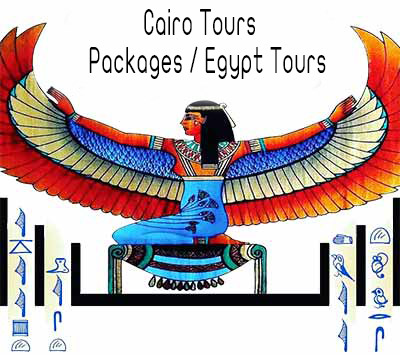Dating back to the New Kingdom, the 18th Dynasty, during the reign of Amenhotep III, The Colossi of Memnon is a mortuary temple located in Thebes. Since 1350 BCE, they have stood in the Theban Necropolis, located west of the River Nile from the modern city of Luxor.
The mortuary temple of the pharaoh is guarded by two, 20-meter-high statues that were severely damaged during a 27 BC earthquake. The temple has now been destroyed completely and all that remains is the 23 meters high statue of Amenhotep III which weighs around a thousand ton. The statues, even after such destruction by natural and manly action, seem to be an impressive piece.
The 1200 BCE earthquake also opened numerous chasms in the ground which meant that many statues were buried, some in pristine condition. These have been the subject of extensive restoration and excavation which revealed that the complex consisted of three pylons, each fronted by colossal statues, while at the far end a rectangular Temple complex consisted of a peristyle court surrounded by columns. So far four of the statues have been re-erected, with eight waiting to be re-erected, while some 200 statues or pieces of statues are in the Luxor Museum, some on display, others in store awaiting conservation.
The two statues were referred to as Ruler of Rulers by ancient Egyptians, and later travelers named them Shammy and Tammy probably meaning left and right. Today, however, the two colossal statues together are called el-Colossal or es-Salamat. The statues are crafted from quartzite quarried from either Gebes es Silisla or Giza. The northern statue, on the other hand, illustrates the pharaoh with his mother while the southern one seems to be of the Pharaoh with his wife and one of his daughters. They are truly a sight to behold.
The two statues were previously located in front of the mortuary temple of Amenhotep III which was destroyed. They're now made of sandstone and each one consists of a pedestal and the crown of about 21 meters in height. The statue now represents the pharaoh seated on the throne wearing the royal headdress of the Nemes, protected by the divine cobra.
The sides of the colossi have a representation of the god Hapi of the Nile bending together the papyrus plants and the lotus. The place was famous as a resort during the Roman era where many famous travelers and Romans wrote verses and poems about the massive structures and also left behind epigrams on the stones.
The modern Arabic name is Kom el-Hatan, but it is generally known by the Roman name as the Temple of Memnon. Memnon was a hero of the Trojan War, a King of Ethiopia who led his armies from Africa into Asia Minor to help defend the beleaguered city but was ultimately slain by Achilles. Memnon (whose name means the Steadfast or Resolute) was said to be the son of Eos, the goddess of dawn.
He was associated with colossi built several centuries earlier, because of the reported cry at dawn of the northern statue (see below), which became known as the Colossus of Memnon. Eventually, the entire Theban Necropolis became generally referred to as the Memnoniummaking him "Ruler of the west" as in the case of the god Osiris who was called chief of the west.
It’s thought that you’ll hear a song. It was granted to show that you were in favor of the gods. However, Septimius Severus, a Roman emperor, while repairing the statues inadvertently silenced the song forever.
Theories behind the Singing Statues of the Colossi of Memnon:
The Colossi of Memnon is believed to have been so popular during the Roman period because it is said that the statues sang. This was probably due to the expansion of the stone which warmed up during the day and cooled off at night.
Another theory suggests that the reverberating wind through the cracks made the sounds. However, the restoration that occurred during 199 BC stopped the sounds from happening and the statues never sang again.
Perhaps, though, the statues were unhappy with the renovations and thus they ceased to perform any longer.


